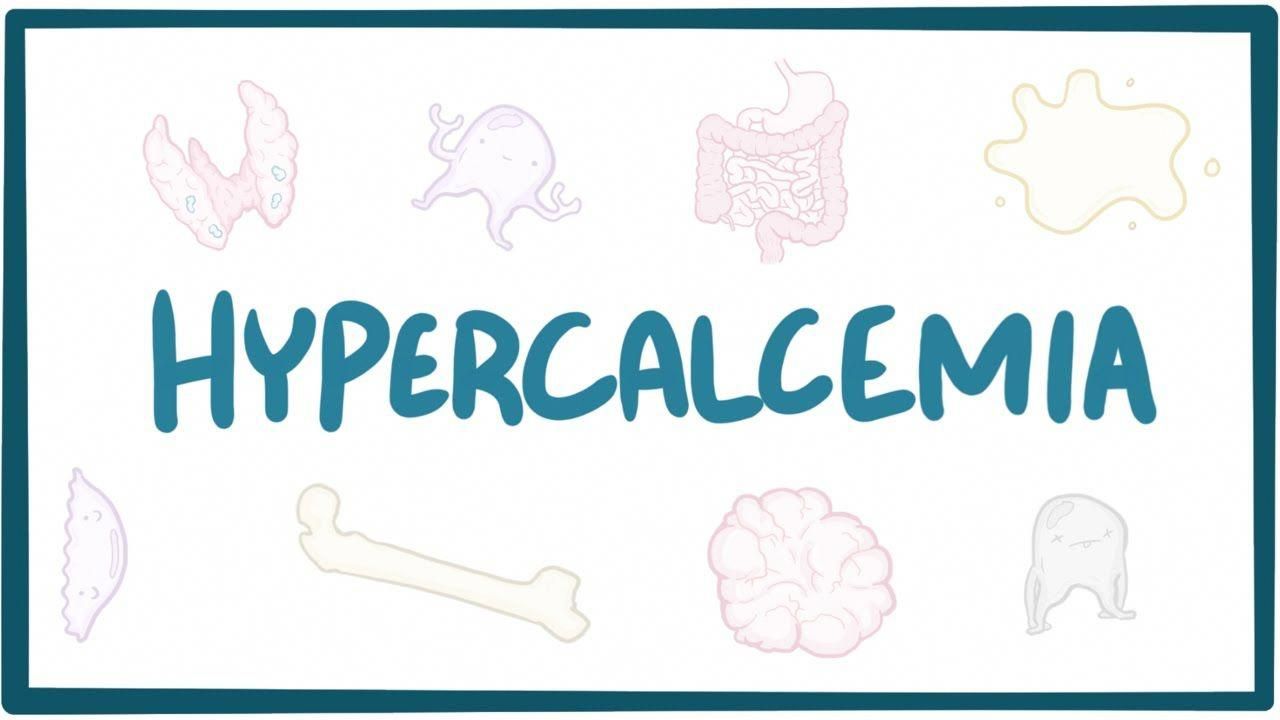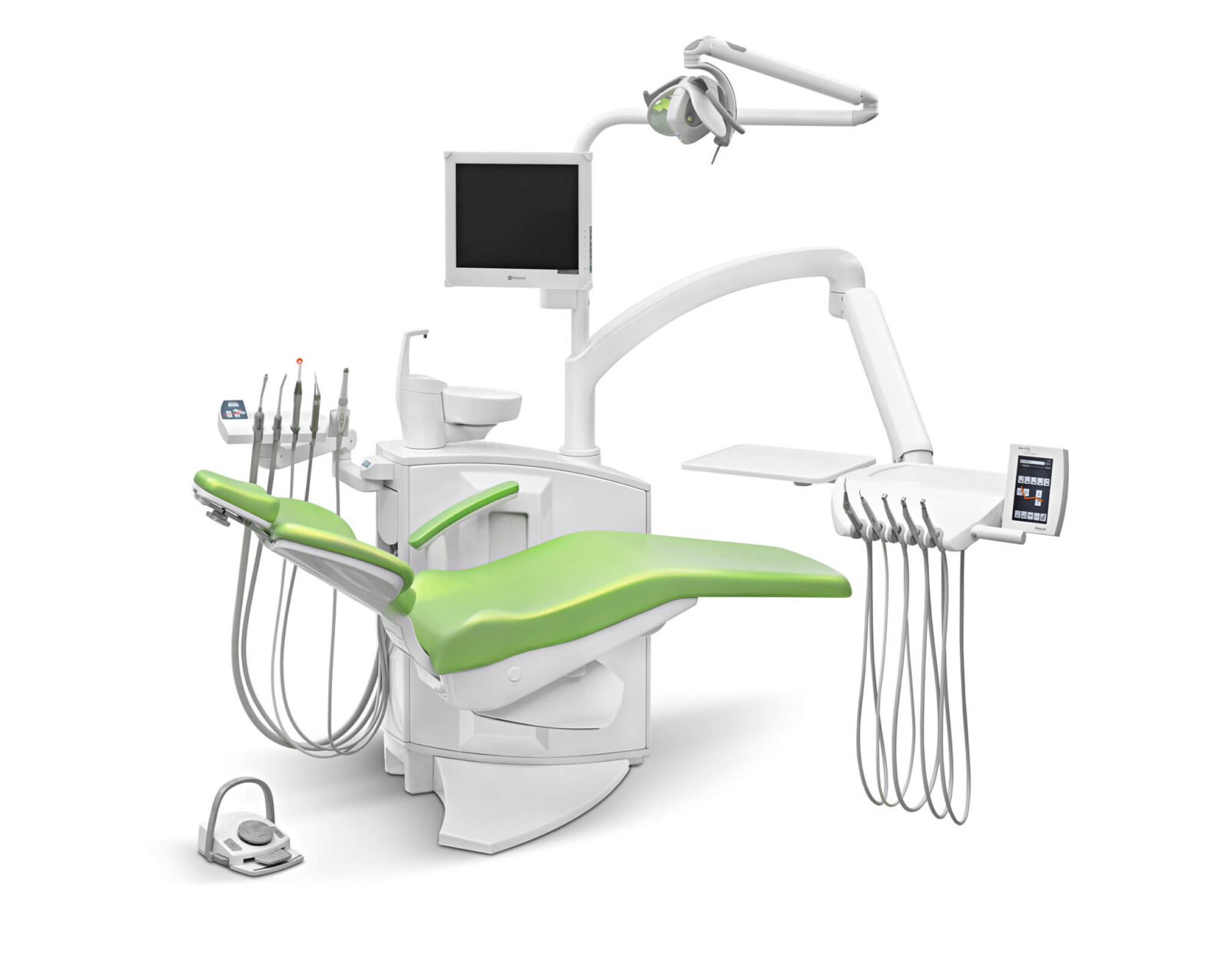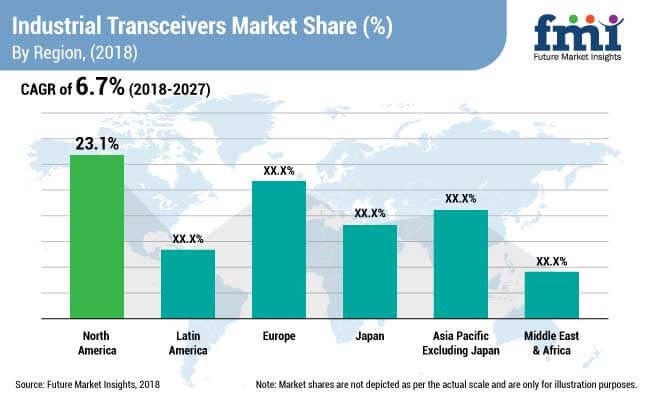The Global Hypercalcemia Treatment Industry is predicted to attain a valuation of US$ 18.07 billion by the end of the year 2023 and is expected to expand at a compound annual growth rate (CAGR) of 11.8% over the forecast years,
Hypercalcemia is a condition that occurs when there is too much calcium in the blood. It can be caused by a variety of factors, including cancer, overactive parathyroid glands, and certain medications. Hypercalcemia can cause a number of health problems, including kidney stones, bone pain, and heart problems.
Embrace the Power of Learning with our Collection of Sample PDFs.
https://www.futuremarketinsights.com/reports/sample/rep-gb-1320
The report on the global hypercalcemia treatment market begins with a definition of hypercalcemia treatment and the various types of products used in hypercalcemia treatment. It is followed by an overview of global hypercalcemia treatment market dynamics, which includes FMI’s analysis of key trends, drivers, restraints, and opportunities influencing global hypercalcemia treatment market growth. Following detailed analysis of individual regions, the global hypercalcemia treatment market report includes impact analysis of key growth drivers and restraints based on a weighted average model to better equip readers with meaningful insights on ongoing market developments.
The increasing prevalence of hyperparathyroidism-related hypercalcemia, the increasing number of cancer patients, the higher incidence of multiple myeloma, the availability of appropriate drug therapy alternatives to surgery, a favourable reimbursement scenario, and drug therapies to avoid kidney failure are the primary factors driving demand for hypercalcemia treatment. However, the primary factors impeding hypercalcemia treatment market growth are patient location, hypercalcemia drug adoption, and cost recovery from a small patient population.
Based on product type, the market has been segmented bisphosphonates (clodronate, etidronate, ibandronate, pamidronate and zoledronic acid), calcitonin, glucocorticoids, denosumab and calcimimetics. A detailed analysis has been provided for these segment in terms of market size, Y-o-Y growth rate, absolute $ opportunity and BPS analysis.
The market has been divided into hospitals, clinics, and independent pharmacy and drug stores based on distribution channel. According to our analysis, revenue from the independent pharmacy and drug stores segment will grow at a relatively fast rate, and the segment will contribute significantly to the distribution of hypercalcemia drugs during the forecast period. Because of the novel and easy availability of hypercalcemia treatment drugs worldwide, the hospital distribution channel segment is expected to generate relatively high revenue.
Unlock the Power of Expert Advice with Ask the Expert.
https://www.futuremarketinsights.com/ask-question/rep-gb-1320
The following section of the report examines the hypercalcemia treatment market by region and forecasts the market from 2016 to 2032. The report also discusses key regional trends that are contributing to the global hypercalcemia treatment market’s revenue growth, as well as the impact of drivers and restraints in each region. North America, Latin America, Western Europe, Eastern Europe, Asia Pacific Excluding Japan (APEJ), Japan, and the Middle East and Africa are among the key regions examined in this report (MEA).
The above sections – by product type, distribution channel and region — evaluate the present scenario and growth prospects of the hypercalcemia treatment market for 2016–2032. We have considered 2015 as the base year and provided data for the forecast period, i.e., 2016–2032.
To ascertain hypercalcemia treatment market size, we have also considered revenue generated by companies operating in the hypercalcemia treatment market space. The forecast presented here assesses the total revenue by value across the hypercalcemia treatment market. In order to offer an accurate forecast, we started by sizing the current market, which forms the basis of how the hypercalcemia treatment market is expected to develop in future. Given the characteristics of the market, we triangulated the outcome of three different types of analysis based on supply side, downstream industry demand and the economic envelope.
In addition, it is imperative to note that in an ever-fluctuating global economy, we not only conduct forecast in terms of CAGR, but also analyse on the basis of key parameters such as Year-on-Year (Y-o-Y) growth rates. This is imperative to understand the predictability of the market and to identify the right opportunities across the global hypercalcemia treatment market.
The hypercalcemia treatment market has been segmented on the basis of product type, distribution channel and region. These segments are analysed in terms of Basis Point Share (BPS) to understand each individual segment’s relative contribution to market growth. This detailed level of information is important for identifying various key trends in the global hypercalcemia treatment market.
Tap into Comprehensive Segmented Information – Purchase Now!
https://www.futuremarketinsights.com/checkout/1320
Another key feature of this report is the analysis of key segments in terms of absolute dollar opportunity. This is normally overlooked while forecasting the market. However, absolute dollar opportunity is critical for assessing the level of opportunity that a provider can look to achieve, as well as to identify potential resources from a sales and delivery perspective.
To understand key segments in terms of growth and adoption for hypercalcemia treatment drugs globally, FMI has developed the hypercalcemia treatment market ‘Attractiveness Index’. The resulting index is expected to help providers identify real market opportunities in the global hypercalcemia treatment market.
In the final section of the report on the global hypercalcemia treatment market, ‘Competitive Landscape’ is included to provide report audiences with a dashboard view, based on categories of drug developers in the hypercalcemia treatment market space and key differentiators. Key categories of providers covered in the report are companies developing hypercalcemia treatment drugs. This section is primarily designed to provide clients with an objective and detailed comparative assessment of key providers specific to a market segment in the hypercalcemia treatment value chain and the potential players for the same. Report audiences can gain segment-specific company insights to identify and evaluate key competitors based on in-depth assessment of capabilities and successes in hypercalcemia treatment marketplace.
Detailed profiles of the hypercalcemia treatment developing companies are also included in the scope of the report to evaluate their long- and short-term strategies, key offerings, SWOT analysis and recent developments in the global hypercalcemia treatment market.
Key companies covered in report are Bayer Pharma AG, Sun Pharmaceutical Industries Ltd., Mylan N.V., Pfizer Inc., Amgen Inc., Novartis AG, Dr. Reddy’s Laboratories Ltd. and Cipla Inc.
About Future Market Insights (FMI)
Future Market Insights, Inc. (ESOMAR certified, Stevie Award – recipient market research organization and a member of Greater New York Chamber of Commerce) provides in-depth insights into governing factors elevating the demand in the market. It discloses opportunities that will favor the market growth in various segments on the basis of Source, Application, Sales Channel and End Use over the next 10 years.
Contact Us:
Future Market Insights Inc.
Christiana Corporate, 200 Continental Drive,
Suite 401, Newark, Delaware – 19713, USA
T: +1-845-579-5705
For Sales Enquiries: sales@futuremarketinsights.com
Website: https://www.futuremarketinsights.com
LinkedIn| Twitter| Blogs | YouTube




